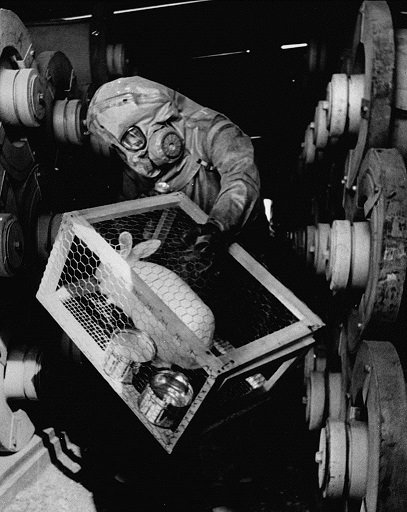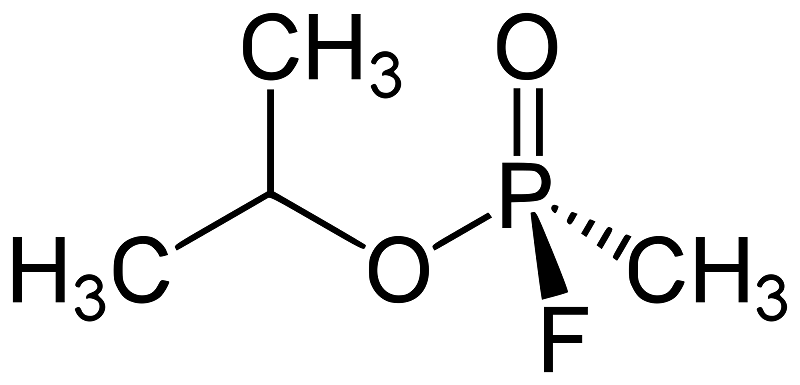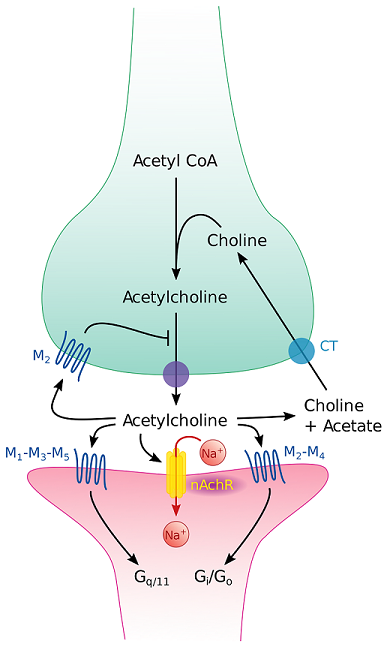No great mind has ever existed without a touch of madness.
-Aristotle
There are great scientists whose superior minds propelled mankind into new heights. The likes of Einstein, Crick, Watson and Darwin have earned their place in history. Among the great names of science, are some who significantly improved the lives of millions, and also caused death and devastation. With this new series I want to introduce very controversial scientists and shed some light on their doings, good as well as evil. Some of them are unknown to the broader public, while others are present in everyday life. With this new series I want to combine my love for science with my passion for history.
Gerhard Schrader - Early Life
Schrader was born in lower-saxony, Germany on February 25th 1903. Little is known about his youth as he passed through the German education system without problems. He decided to study chemistry at the Technical University in Braunschweig and graduated in 1926 with a PhD in Engineering (1). Schrader then went to work for the Bayer AG, one of the biggest chemical companies in the world today. He specialized in the development of insecticites.
Working for Bayer was the dream of every young chemist in these days. Bayer was famous for its treatment of workers. The company provided various past time clubs, a pilot school and even housing. In addition the company was globally succesful. Especially when the Nazi rose to power, Bayer was favored by the state. Ideal conditions for a young scientist.
Unfortunate Discovery
While Schrader tried to develop insecticides that would help to fight hunger, he accidentially discovered the nervegases Tabun and Sarin. This discovery came from his experiments with cyanide and phosphorus. One day, he was accidentially exposed to trace amounts of one of his creations. This exposure caused him to be hospitalized for several weeks (2). After resting and restoring in the hospital, Schrader continued his efforts and prepared a compound he called Preparation 9/91, which was extremely poisonous to insects, but also to mammals and thus not suitable as an insecticide(2). The military was informed of this discovery and picked up the development were Schrader left of (2).
Preparation 9/91 was renamed by the military to Tabun due to its toxicity (Tabu is the German word for taboo). Schrader was awarded money from the military (2) and should have been aware of what he invented at this point. However, a few years later in 1938, Schrader invented another compound symilar to Tabun, but even more toxic - Sarin (2). Here is where the line between the man who wanted to lessen hunger and the evil scientist shift. Schrader must have been aware of the potential of his discovery, and yet he handed it over to the Nazi military.
Sarin
Schrader´s legacy lives on today. Sarin was used by terrorists in 1995 in the Tokyo metro attacks. There are many other instances where sarin was used. In 1988, the Iraq may have used sarin, as well as in 2013 and 2017 during the Syrian civil war (3).
Sarin as a substance is not remarkable. It is a colorless liquid, and is mostly odor-free (3). It functions by attacking the nervous system, especially the transmission of nervous impulses.
A nervous impuls travels along an extension from a nerve, the so called axon. Nerves have limited length, and in order for a signal to travel through the body, it needs to cross from one nerve to another. This happens through the synaptic cleft. At the end of one nerve, the impulse results in the release of a neurotransmitter (in many system this is acetycholine). This transmitter crosses through the cleft and then can link to specific transmitters on the axon of the next nerve, where they cause a new impulse to arise and travel along the axon of that nerve.
The transmission of one impulse across the synapsis needs to be stopped after a while. An enzyme, that selectively breaks down acetylcholine, the so called acetycholinesterase, is responsible for restoring the synapsis so it can transmit a new impulse. Sarin targets this enzyme and prevents it from performing its task. In this way, the synapsis is paralyzed, as it cannot be restored to its original state. That causes problems in the maintenance of life-maintaning processes in the body, and results in death within 20 minutes (3)
After The War
Schrader was imprisoned by the allies and forced to hand over his research (1). He continued to work as a chemist after his release and went on synthesizing new chemical agents. Among them is the compond trichlorfon, which was used to treat cattle which was infected with a certain type of flies. Schrader led a long life and died on April 10th 1990, aged 87.
His legacy is questionable. It was not his intention to develop nerve agents when he became a chemist. However, once he was aware of what he found, he continued the development of nerve agents. These agents were so horrible, that the Nazis refrained from using them in the war. This may be due to Hitler´s experiences with poison gas in world war 1. Schrader does deserve the title evil scientist.
What are your thoughts on Schrader? Do you think he was a product of his time or was he trying to profit from his discovery under the Nazi regime?
Shameless Self-Advertisment
Thank you for reading the third part of my series! If you enjoy this, please upvote. If you have found something you do not agree with, please comment. The same applies to suggestions. I want to become a good writer and make valuable contributions to Steemit. But I can only get better with your suggestions!
Also check out my blog for my series about chemical instruments and my lab chronicles, where I write about my own research, if you are interested.
As always, cheers @lesshorrible!




